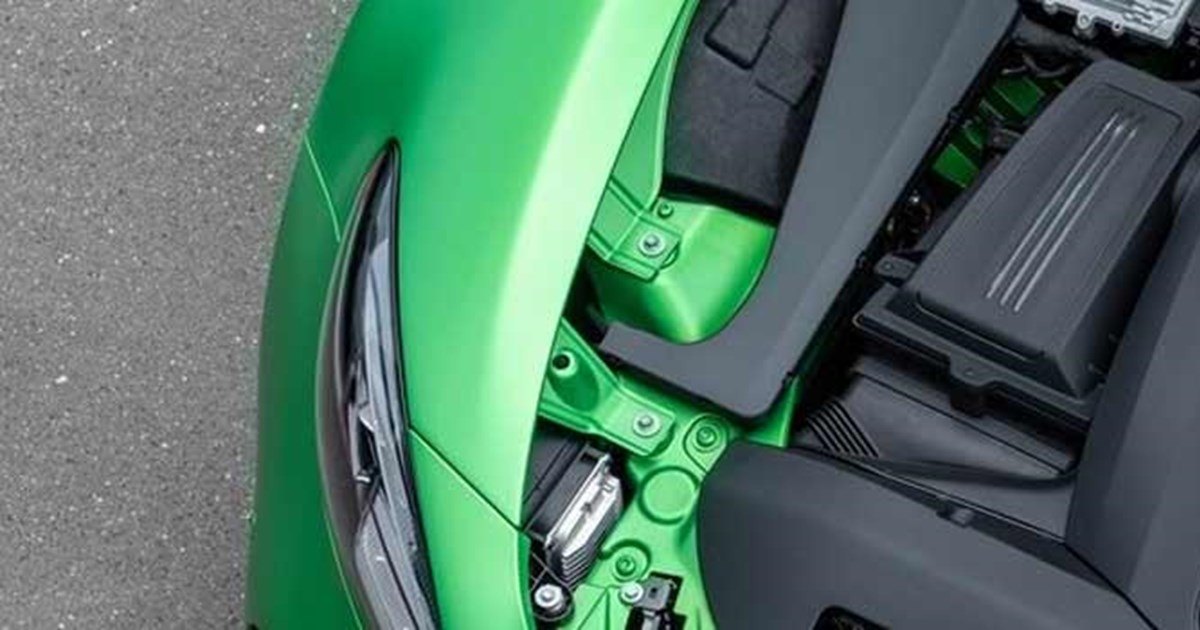Here’s a question that’s been on my mind for years. (You have to remember I have worked as a dispatcher for a courier company for decades, so these are the sort of questions that occur to me.) I live just a few miles from I-5 (Interstate 5 for our friends from Not-the-US. It’s a 1400 mile/2200 km limited-access superhighway that stretches between the US-Canadian and US-Mexican border along the west coast.) I’ve been wondering, what with all the exit-only lanes, collector-distributor lanes, merge lanes, intersections with other interstates, US, and state highways, etc., is it possible to get in one lane at one border, stay in that lane, and make it to the other border without being forced to exit?
Hypothetically you should be able to, but my guess is no. Interstate highways ending in x5 are supposed to be the major highways going from the north to the south, but there aren't many that even reach both borders.
I-5: Goes from Canada to Mexico.
I-15: Goes from Canada to merging with I-5 in San Diego, California.
I-25: Goes from Buffalo, Wyoming to Las Cruces, New Mexico.
I-35: Goes from Duluth, Minnesota to Mexico.
I-45: Dallas, Texas to Galveston, Texas.
I-55: Chicago, Illinois to just north of Laplace, Louisiana.
I-65: Chicago, Illinois to Mobile, Alabama.
I-75: Canada to just west of Miami Lakes, Florida.
I-85: Petersburg, Virginia to Montgomery, Alabama.
I-95: Canada to Miami, Florida.
I-5 is the only one that reaches both borders. You'd need to stay in the middle lane as there are a decent amount of left lane exits. I double-checked the Lynnwood interchange and it doesn't look like the inner 2 lanes exit to become 405 (unless they've changed the interchange recently). Interstate 5 is a possibility then, provided there isn't a situation where the 2 left lanes (and the extra lane doesn't begin from the left) exit.



